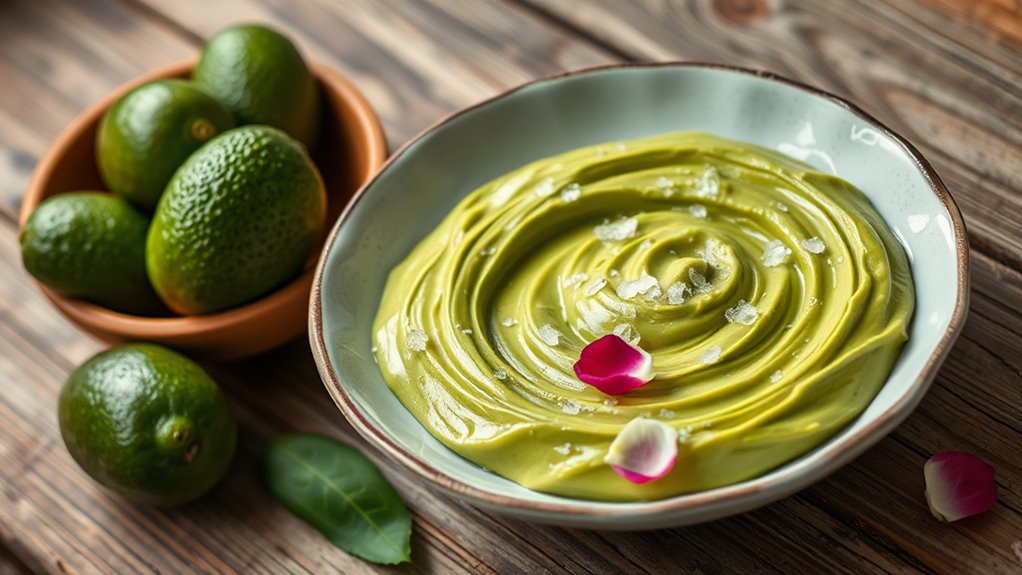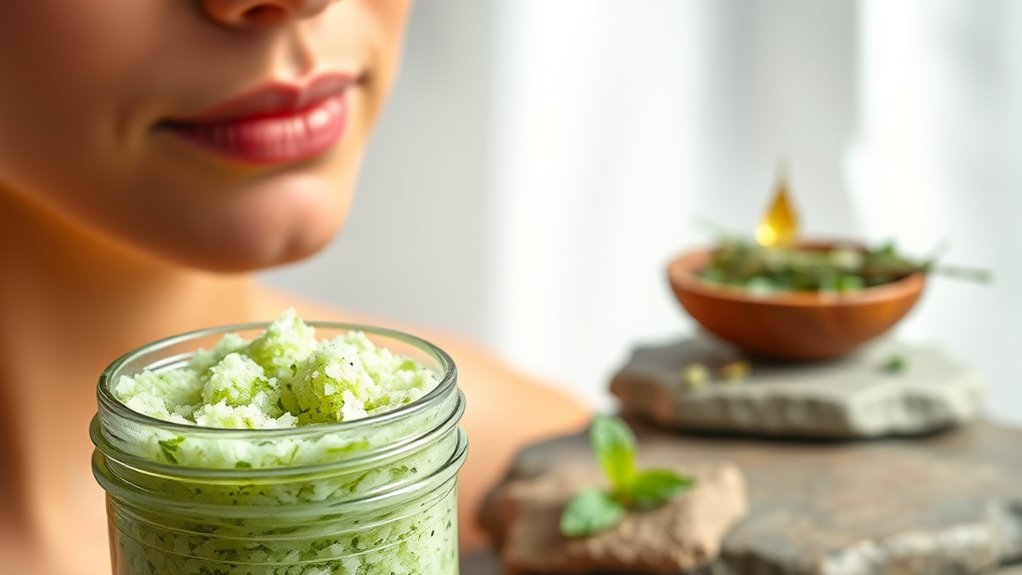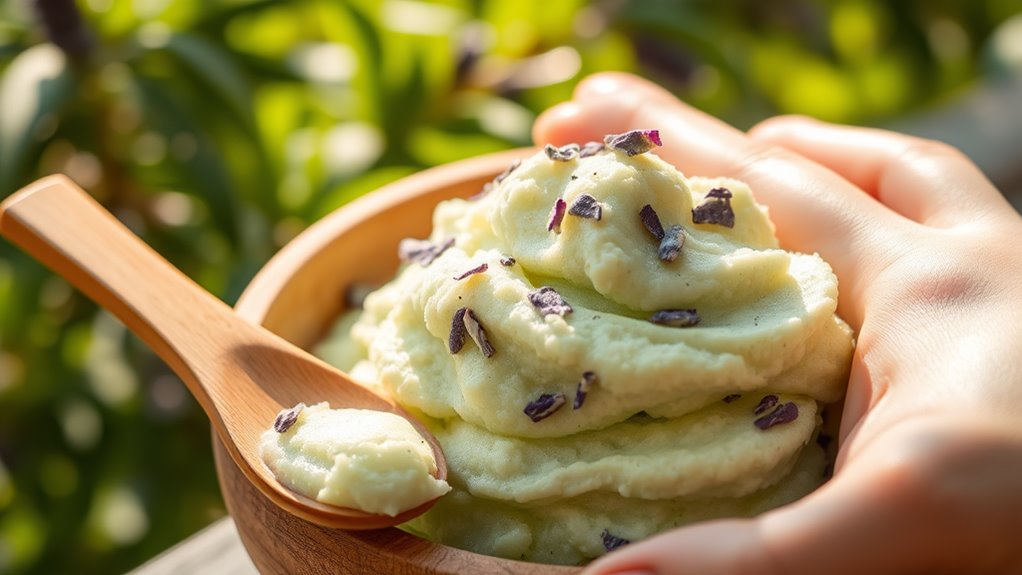DIY Skincare That Actually Works (And What to Avoid)
If you’re looking to boost your skincare routine with DIY methods, you’re in the right place. Natural ingredients can offer impressive benefits, but not all homemade recipes yield positive results. It’s essential to know which components to embrace and which to avoid. By focusing on effective techniques and recognizing potential pitfalls, you can create a routine that truly works for your skin. Let’s explore some practical recipes and safety tips to get you started.
Effective DIY Skincare Recipes
When you want to pamper your skin without breaking the bank, effective DIY skincare recipes can be a game changer. You can create nourishing masks, scrubs, and serums using simple ingredients from your kitchen.
For a hydrating face mask, mix honey and yogurt—apply it for 15 minutes, then rinse. If you’re looking for a gentle exfoliant, combine sugar and olive oil for a refreshing scrub.
These effective DIY skincare solutions not only save you money but also help you connect with others who share your passion for natural beauty. So, gather your friends and enjoy some self-care together!
Common Ingredients to Avoid
While DIY skincare can be a fun and rewarding experience, it’s essential to be mindful of the ingredients you use.
Some common ingredients might do more harm than good. Here are four to steer clear of:
-
Alcohol – It can dry out your skin, causing irritation.
-
Fragrance – Artificial scents can trigger allergic reactions and sensitivity.
-
Harsh Exfoliants – Ingredients like sugar or salt can damage your skin’s barrier.
-
Essential Oils – They may cause irritation or allergic reactions, especially if used in high concentrations.
Being cautious helps you create a safe and effective skincare routine!
Tips for Safe DIY Skincare Practices
To ensure your DIY skincare routine is both effective and safe, it’s crucial to prioritize quality ingredients and proper techniques.
Start by patch-testing any new ingredient on a small area of your skin to avoid reactions. Always use clean utensils and containers to prevent contamination.
When mixing, follow reliable recipes; don’t experiment wildly, especially with essential oils. Keep track of your skin’s response and adjust accordingly.
Lastly, remember that less is often more—simple formulations can yield fantastic results.





